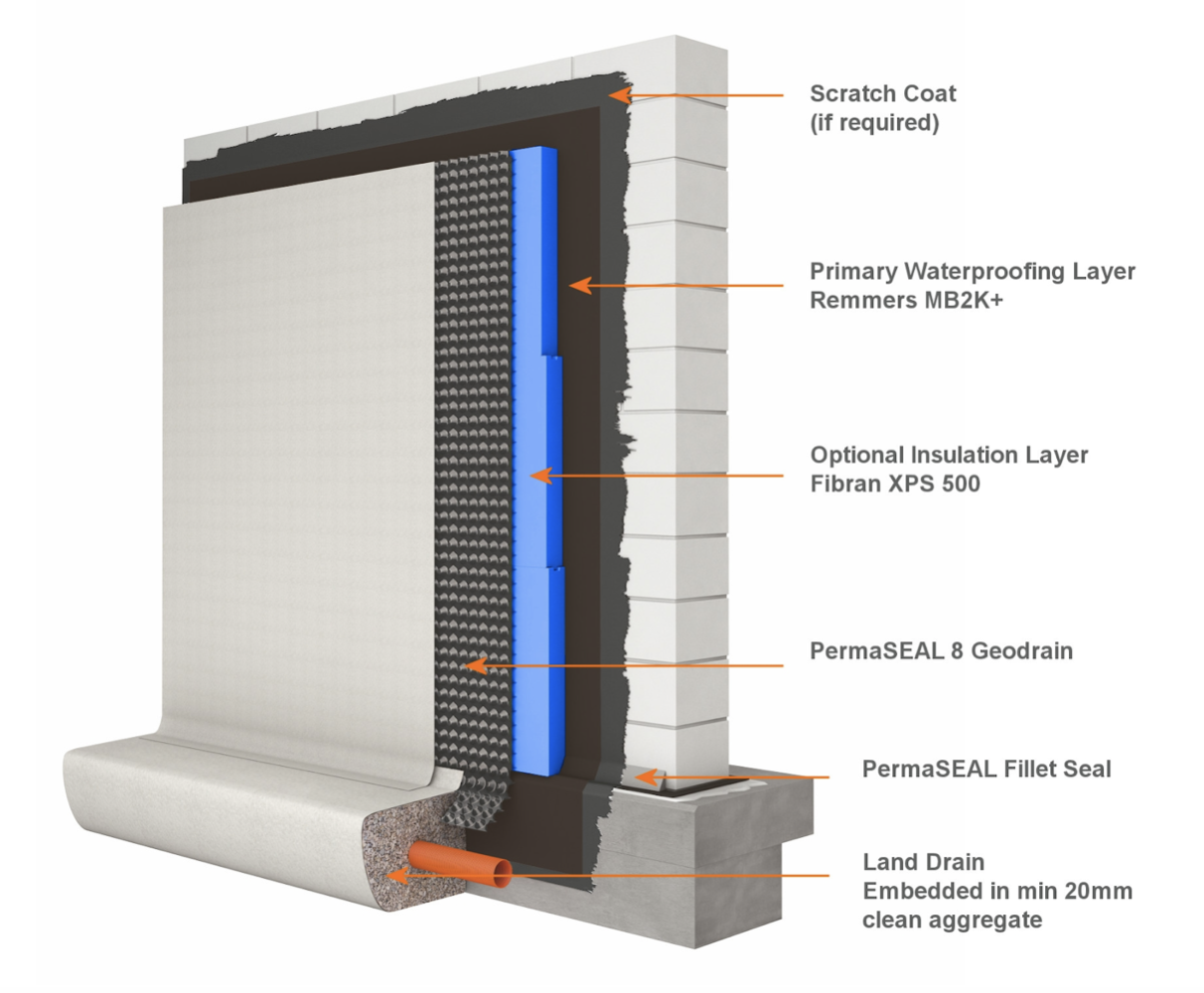Water Defense Systems After a Deluge: What to Do Next

Going through a inundation can be disastrous, resulting in not only structural damage but also emotional stress. Once the waters recede, many property owners and property managers are often confused what to do next. One of the most vital steps in the rehabilitation process is waterproofing. Implementing this measure not only shields your home from future water intrusion but also protects your investment and ensures the well-being of your family.
Waterproofing is necessary for every home and building, as it functions as a shield against moisture that can cause mold, mildew, and physical damage. Grasping the multiple aspects of waterproofing can reduce your costs thousands in repairs in the future. Whether you are contending with a basement that needs protection or a roof that requires attention, understanding how to effectively waterproof your property is key to preventing future issues. In this guide, we will discuss the significance of waterproofing, the indicators that show your property needs it, and the most effective methods for maintaining your space moisture-free and safe.
The Importance of Waterproofing
Waterproofing is a critical aspect of protecting the quality of residential buildings and buildings. It functions as a defensive barrier against water leaks, which can lead to severe damage over the years. Without adequate waterproofing measures, properties are at vulnerability of experiencing infiltration, mildew issues, and foundation problems. These issues can jeopardize a property's security and greatly reduce its market value. Therefore, investing in sump pump installation should be a top priority for homeowners and builders alike.
Furthermore, financial benefits that waterproofing brings is important. Fixing water issues can be extraordinarily costly, often running into tens of thousands of currency. By using efficient waterproofing solutions from the beginning, property owners can prevent costly fixes and replacements down the track. This preventative method not only safeguards the building but also aids in budgeting and long-term financial planning.
Furthermore, waterproofing contributes to the overall well-being and health of the living space. High humidity issues often lead to unpleasant odors and can create conditions conducive to mold and mildew growth, which pose health concerns. A effectively waterproofed home ensures better indoor atmosphere and enhances utility efficiency by preventing unwanted moisture from interfering with insulation and heating systems. In essence, waterproofing is not just about protecting your investment; it directly impacts the quality of life for the residents.
Common Water-proofing Approaches
A popular commonly utilized waterproofing methods is the application of liquid waterproofing membranes. Such membranes are usually made from bitumen or polyurethane and can be applied to various surfaces including roofs, walls, and foundations. Following application, they produce a unbroken barrier that successfully prevents water infiltration. Liquid membranes can be used for both modern constructions and in the case of updating older structures, making them a flexible choice for waterproofing.

An additional popular approach is the use of sheet membranes. These pre-manufactured sheets are usually made from materials like rubberized asphalt or polyethylene. They are applied over surfaces in a way that covers joints, providing continuous protection against water penetration. Sheet membranes are particularly effective for waterproofing below-grade applications, such as basement walls, and are preferred for their durability and ease of installation. This method is essential in protecting structures from groundwater and hydrostatic pressure.
For areas that are prone to moisture, such as bathrooms and kitchens, waterproof coatings and paints serve as an effective solution. These coatings are designed to form a waterproof barrier on surfaces, preventing moisture from seeping through. They can be applied to walls, floors, and even ceilings in wet areas. Furthermore, specialized waterproofing products are now available that are designed to resist mold and mildew, making them ideal for conditions where water exposure is consistent.
Choosing the Appropriate Waterproofing Methods
Choosing the appropriate waterproofing option for your building is crucial to provide effective protection against moisture damage. The initial step is to evaluate your individual needs, considering factors like the area of the structure, the level of moisture exposure, and past water damage events. For instance, basements may demand a alternative approach compared to rooftops or bathrooms. Comprehending https://rentry.co/e5bk6ykn will lead you to the most suitable waterproofing strategies and materials.
Consider the various types of waterproofing accessible, such as interior and exterior options. Interior waterproofing is often easier and less expensive, concentrating on sealing leaks and stopping moisture intrusion within the structure. However, exterior waterproofing may be essential for long-term protection, especially in areas prone to flooding. It's crucial to weigh the benefits of each method and pick one that corresponds with your home's individual concerns.
In conclusion, when in doubt, discussing with professionals can be a helpful step. Professional contractors can examine your circumstance, offer personalized recommendations, and confirm the selected waterproofing solution is applied properly. Their expertise can assist you prevent common mistakes and guarantee that your investment in waterproofing yields lasting protection and peace of mind.
